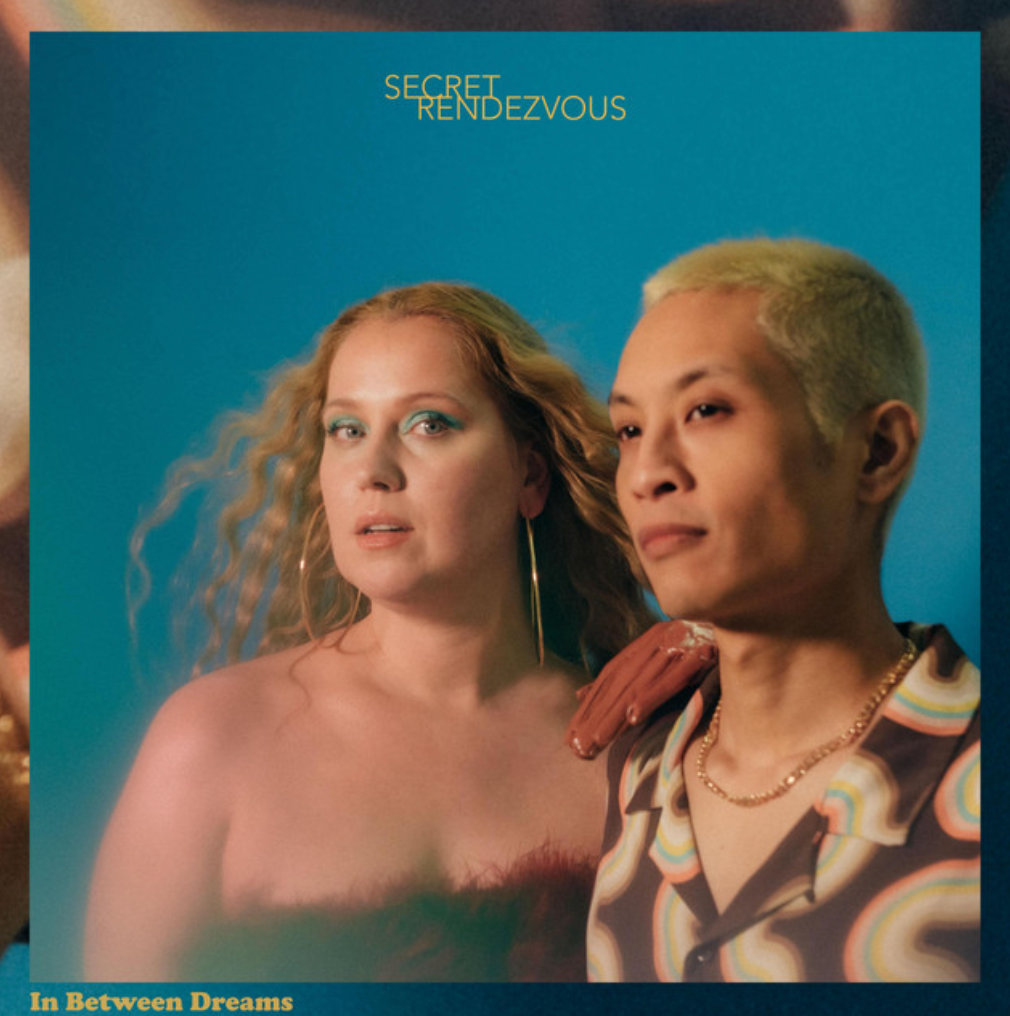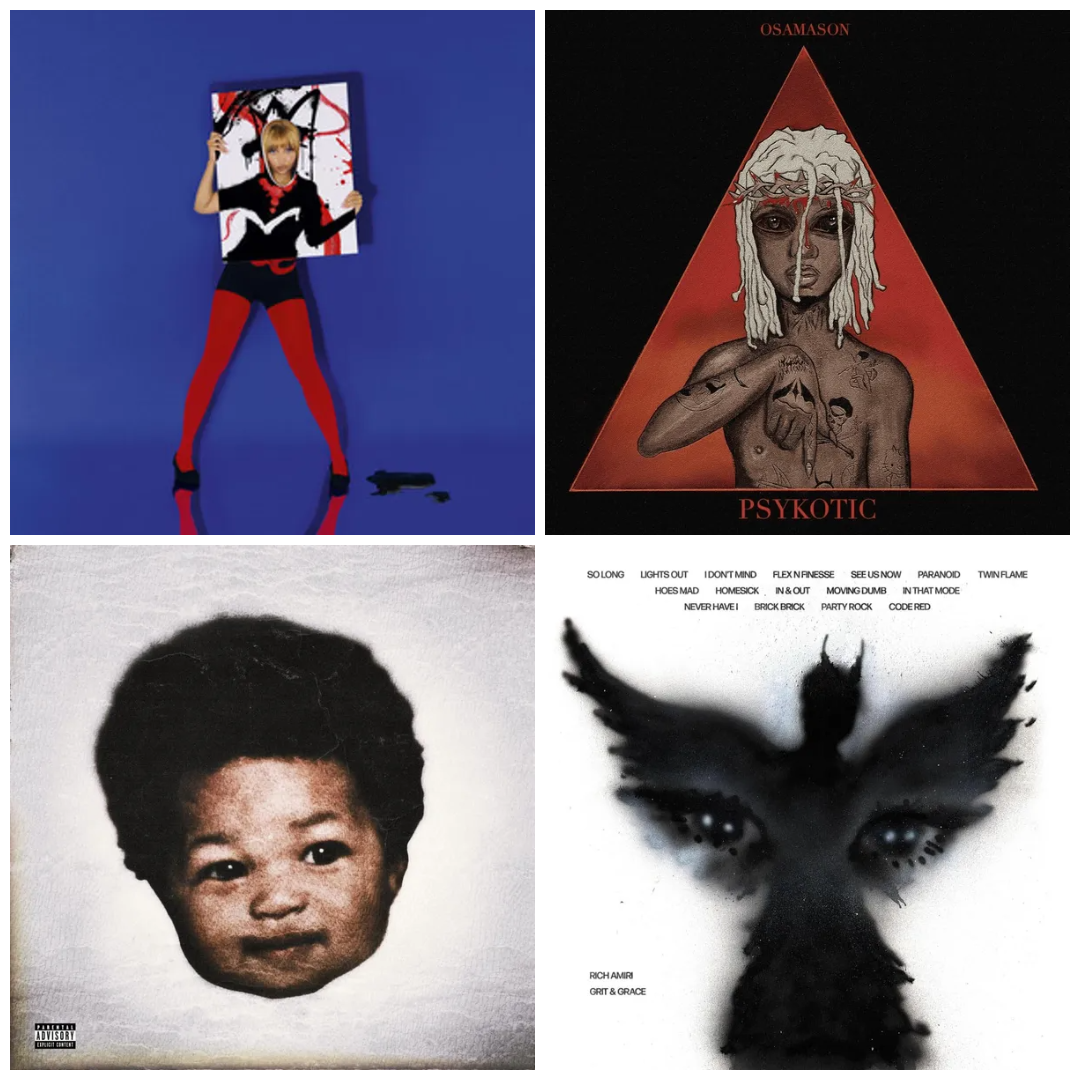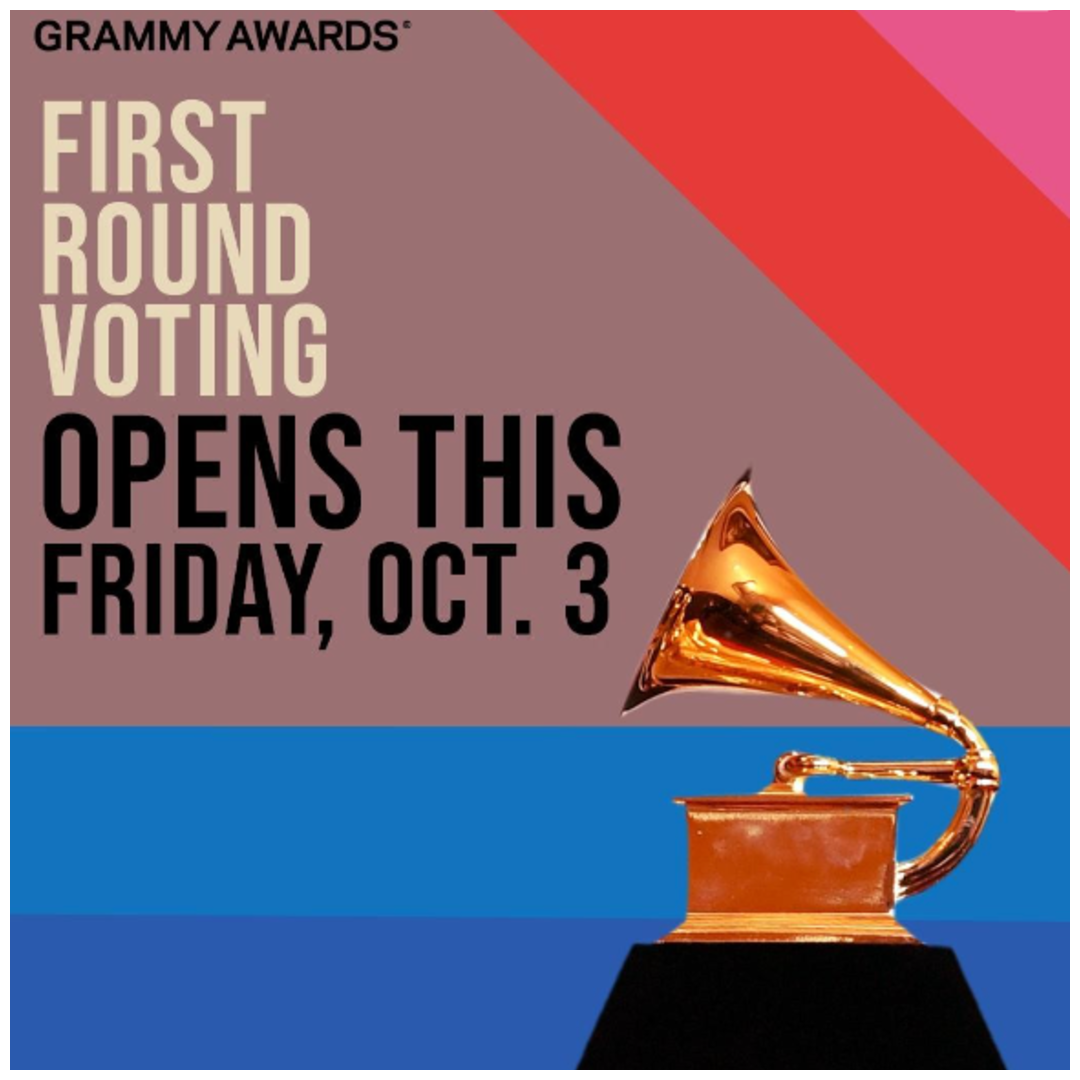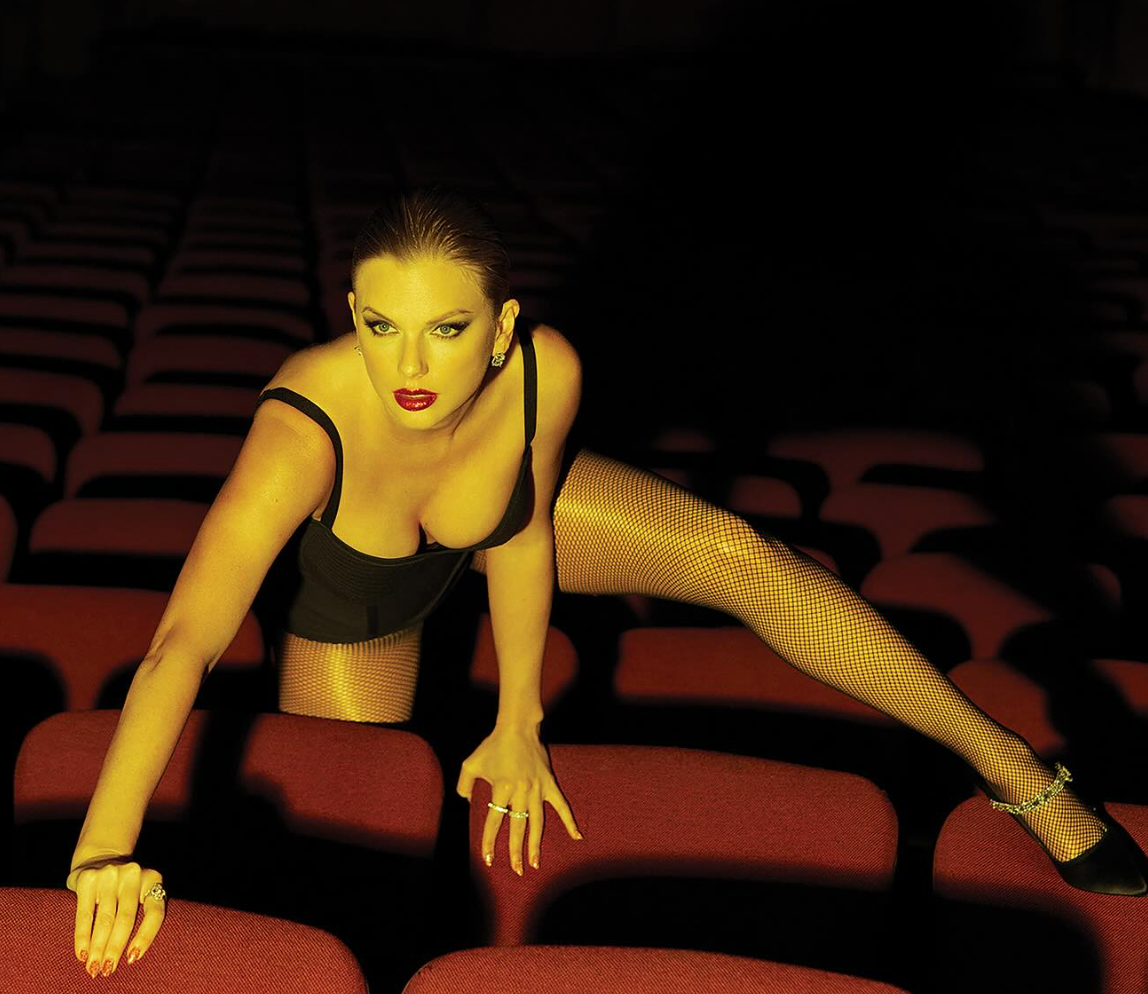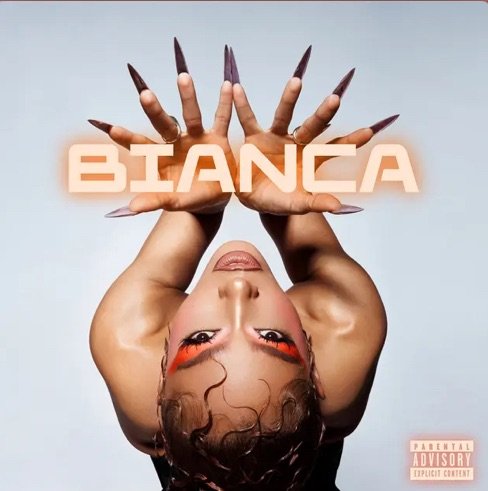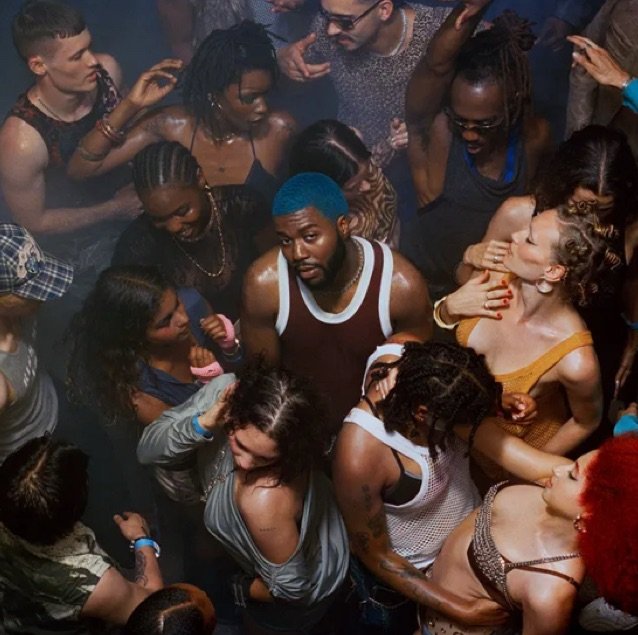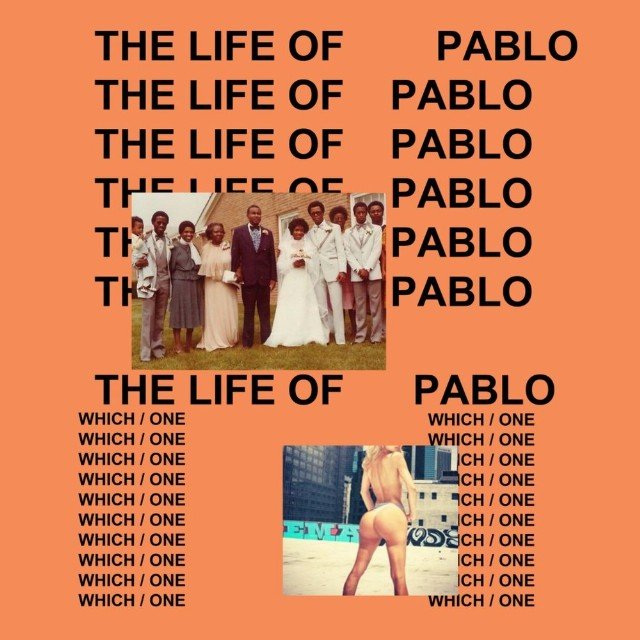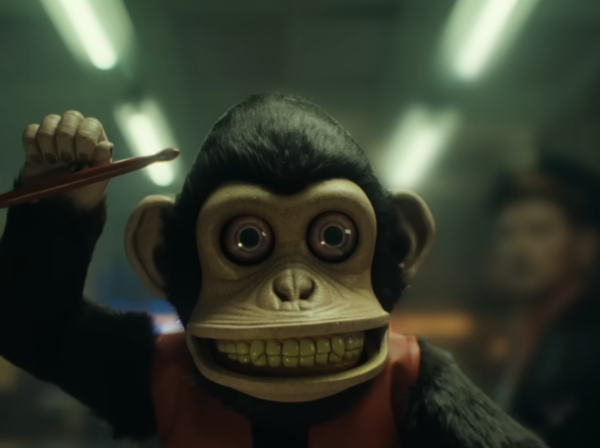
Following up on his previous horror sensation Longlegs from last year, writer-director Osgood Perkins returns with a lean, concentrated dose of bare-knuckled nihilism and insanity in the form of The Monkey. And it is glorious.
If you’re at all familiar with Perkins’ prior works, such as The Blackcoat’s Daughter, Gretel & Hansel, or the aforementioned Longlegs, you’ll know that the burgeoning horror auteur has a penchant for dire tones. He tells stories of characters experiencing intense distress and takes both the character and the realities of their world incredibly seriously—all in the name of cutting deeper into the themes at the heart of his works. To this end, The Monkey is such an abrupt about-face that it makes you reconsider everything you thought you knew about Osgood Perkins. Not only is The Monkey a more indulgent, wild, and gratuitous ride, but it’s also a far funnier one.
This is all the more shocking given the fact that the source material for the film—Stephen King’s short story, which appeared in his anthology collection Skeleton Crew back in the ’80s—is a deadly serious affair. In tackling the film adaptation, Perkins not only completely alters the genre-specific lens through which audiences view the heinous violence at the story’s center, but he also makes increasingly bold authorial changes. Rather than feeling pigeonholed by the more narrative-specific confines of King’s written word in this short story, Perkins veers wildly from it in both form and context yet manages to capture something far greater in the process.
The Monkey is Osgood Perkins gleefully and irreverently playing in the sandbox of Stephen King’s storytelling, all with a blood-smeared, infectious grin spread across his face.
On the one hand, the film is undoubtedly a part of the Osgood Perkins oeuvre. A significant chunk of its story is set in the ’90s—a time period that Perkins has routinely returned to in his storytelling—and it deals heavily with many of the themes Perkins has already established as hallmarks of his work. The objective omnipresence of death and disaster has long been a looming threat in his films, but never has it been more directly imbued with such unpredictability and chaotic energy as it is here. Similarly, like King’s short story, the film’s tale revolves around generational relationships between fathers and sons, something Perkins is no stranger to either.
There is perhaps no more adept demonstration of the difference between Perkins’ prior works and The Monkey than this point. The heart of the father-son dynamic in Longlegs was restricted to the subtext of the film (the tenuous relationship between Monroe and Cage’s characters, the deliberate echoing of the shower drain shot from Psycho, which starred his real-life father, Anthony Perkins). Perkins (deliberately or subconsciously) puts himself into the film in one way or another but remains exclusively in the margins, offscreen. In The Monkey, however, Perkins appears onscreen for several minutes, playing one of the most over-the-top and laugh-inducing roles in the whole film. He’s gregarious and so steadfastly committed to the bit that it’s incredibly funny—as is his swift exit from the picture. For the faithful, the message is clear: Osgood Perkins isn’t hiding anymore. He’s more than happy to let his freak flag fucking fly—and indeed he does.
From the very opening scene, Perkins and cinematographer Nico Aguilar are instantly having way too much fun dangling the consequences of King’s central hook in front of the audience’s faces. While Perkins mines the conceit to maximum effect several times over throughout the film to egregiously gory results, he also weaponizes it to explore nerve-rattling suspense. The question isn’t if some Rube Goldberg-esque deathtrap is going to unfold utilizing the seemingly banal selection of elements that Perkins’ camera highlights in each new scene, but rather when and how. Perkins and editors Greg Ng and Graham Fortin work the audience into a frenzy each time before delivering the devilishly gruesome payoffs, with each new beat of a sequence often escalating or tightening the coils of suspense in palpable ways.
While we’re on the subject of editing, it must be mentioned—and applauded—just how incredible the film’s editing is when it comes to comedic timing. The tonal tightrope walk that The Monkey executes is certainly not an easy one, yet the combined efforts of Perkins, Ng, and Fortin make it feel effortless. There’s a fantastic sense of rhythm and momentum to the performances, staging, and dialogue that the editing successfully adheres to. But more than that, many of the biggest laughs in the film come directly from the incisive, juxtapositional cutting of the edit. In this way, these harsh cuts often serve as percussive downbeats (akin to what the titular Monkey himself plays in the film) to further underscore the delivery of the joke. It’s just that here, for every great spoken gag, there are at least two solely craft-based gags—and they are often side-splittingly hysterical.
Aguilar’s cinematography is also fantastic, working in tandem with Perkins’ fluid blocking and striking compositions to superb effect. Much of the film’s look and feel is indebted to late-’70s and early-’80s filmmakers such as John Carpenter and Robert Zemeckis, both of whom utilized legendary cinematographer Dean Cundey for many of their films. The Monkey’s visual palette feels like a deliberate love letter to that work.
It also must be mentioned what an inextricably crucial role sound plays in Perkins’ films. Longlegs was rooted in atonal, dissonant sound design and an icy score. Here, Eugenio Battaglia’s sound design is phenomenal, making you feel the texture and impact of every gory bloodletting onscreen. Furthermore, The Monkey inherently revolves around the ever-present danger in this world. Theo James’ protagonist spends his entire life anxious and paranoid, looking for the death he knows must be coming for those he loves most. To this end, Battaglia’s sound design does a stellar job of keeping that threat constantly alive in the viewer’s minds, even in more seemingly low-key scenes. Edo Van Breemen’s score is also solid, and the film is chock-full of some grade-A needle drops, including the one it opts to use for its opening credits.
Speaking of Theo James, let’s circle back to the cast. Everyone is fantastic, and miraculously, this revolving door of obscenely talented performers all seem to be on the exact kind of batshit insane frequency as the movie itself. I’m sure it helps that the writer-director himself gets into the ring and deliberately makes an absolute buffoon of himself on camera, but the extent to which everyone feels on the same page here is pretty incredible. Adam Scott, Tatiana Maslany, Elijah Wood, and Rohan Campbell all show up and give unabashedly all-in performances that fit the overarching tone of the film like a glove.
But truly, the most unhinged and utterly insatiable performance in the film comes from Theo James in his dual roles as twins Hal and Bill. James is unbelievably great here, with the two sides of his performance freeing him up to show off a whole spectrum of range I frankly didn’t know he had. It also allows him to go completely off the rails and salivate all over the scenery at times in such a goofy, endearing, and charismatic fashion. He is genuinely phenomenal here, and I hope to see him in many more films that adequately realize the depths of his potential.
For as much as The Monkey is a true-blue Osgood Perkins joint, it is also a dyed-in-the-wool Stephen King adaptation—which is a strange thing to say about a film that essentially eschews everything but the core hook of its source material. But The Monkey is thoroughly indebted to the tropes and themes of Stephen King. Perkins utilizes every tool in the King storytelling toolbox, from setting part of the mayhem in Maine to featuring a fun subversion of King’s trademark bullying scenes to escalating the stakes to an insane degree in the final act. My personal favorite homage to King comes in the film’s engagement with the desperate nihilism at the heart of much of King’s most haunting work. Perkins is having a blast staging and shooting these sequences of horror, but the film never falters in making sure the audience realizes just how terrifyingly random, meaningless, and haphazard these deaths—and the lives they end—truly are.
RGM GRADE
(B+)
Overall, The Monkey is short, demented, and to the point. The runtime is just barely over ninety minutes with credits, allowing Perkins’ latest film to essentially get in, fuck shit up, and get out. It’s existential, hysterical, and frequently insightful. I was hooting, I was hollering, I had a great fucking time.
Discover more from RATINGS GAME MUSIC
Subscribe to get the latest posts sent to your email.


